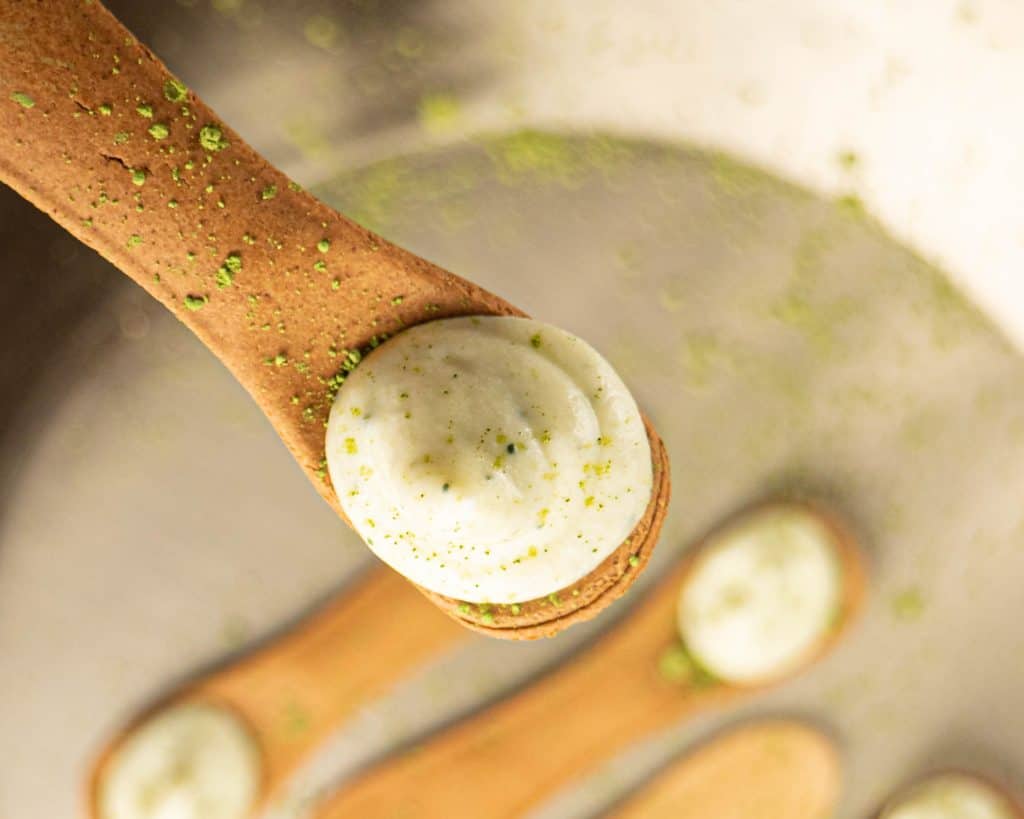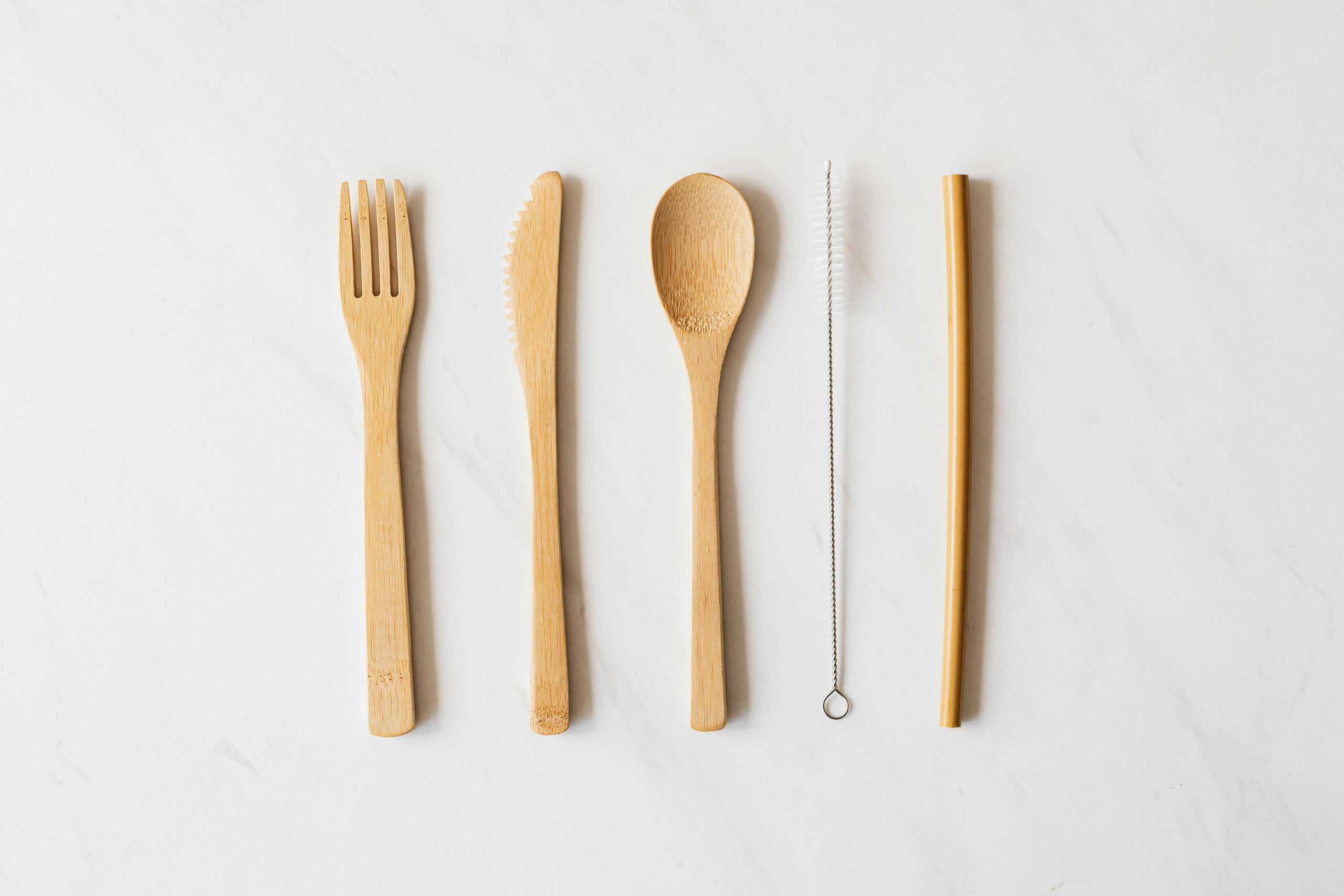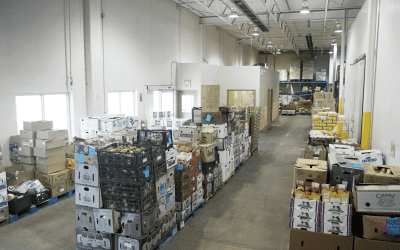October marks Circular Economy Month, a time to celebrate innovative solutions that promote sustainability and reduce waste. One such solution is edible cutlery — this bold alternative to disposable utensils is not just about reducing waste but also adding a fun twist to the dining experience.
How edible cutlery is made
Edible cutlery is typically crafted from natural ingredients such as wheat bran, rice bran, sorghum, and corn. These materials are processed into dough-like mixtures that can be shaped into various utensils, including spoons, forks, and knives. The manufacturing process involves blending these ingredients with water and other natural flavourings to enhance taste and appeal. Once shaped, the cutlery is baked or dried to achieve the desired texture and durability, ensuring that it can withstand typical meal conditions without disintegrating too quickly.
The appeal of edible cutlery lies not only in its functionality but also in its variety; manufacturers are experimenting with different flavours and colours to attract consumers.
Challenges facing edible cutlery
Despite its potential, the edible cutlery market faces several challenges. One of the primary hurdles is changing consumer behaviour. Many individuals are accustomed to traditional cutlery and may find the idea of eating their utensils unappealing. This complicates marketing efforts, as consumers need to be persuaded of the value and practicality of edible options.
The production costs associated with edible cutlery can be significantly higher than those of conventional disposable utensils, making them less attractive to cost-conscious consumers. As a result, companies must find ways to reduce production costs while maintaining quality.
Edible cutlery also poses unique storage challenges. These products must be kept in dry conditions to prevent spoilage, which can complicate distribution logistics. Additionally, ensuring a long shelf life without compromising flavour or texture is crucial for market viability.

Opportunities for growth
Despite these challenges, the edible cutlery market presents significant opportunities for innovation and growth. With increasing consumer awareness regarding environmental issues, there is a growing demand for sustainable products. Edible cutlery aligns perfectly with this trend by providing a biodegradable alternative.
Entrepreneurs can explore diverse product lines beyond spoons and forks, including edible plates and straws. This diversification could cater to various dining experiences and preferences while promoting sustainability in the food industry.
Edible cutlery holds promise as an alternative in an increasingly eco-conscious market. As manufacturers innovate and adapt their strategies to address these challenges, utensils you can eat may very well become a staple in dining experiences worldwide.





